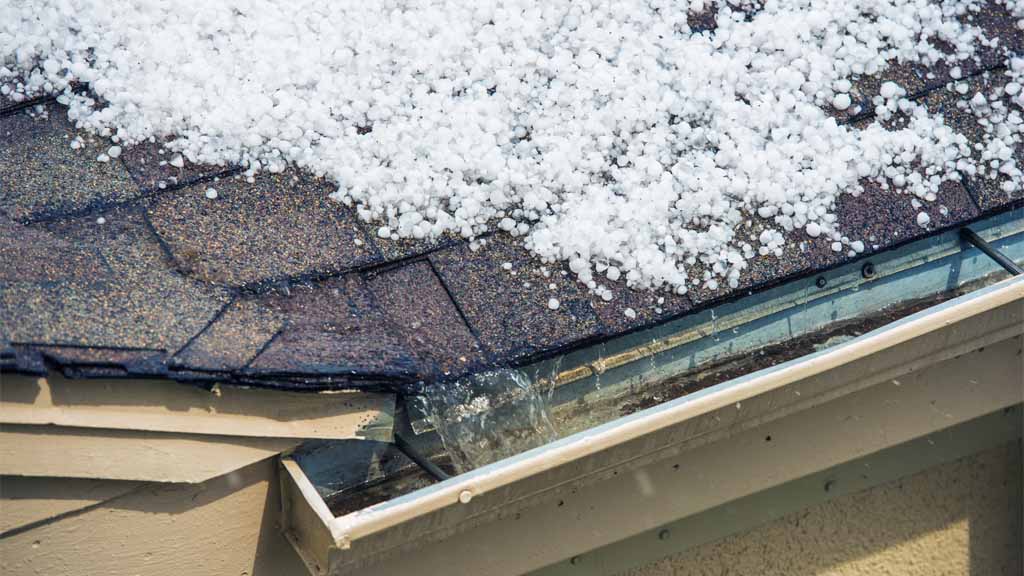
Hailstones can cause severe damage to your roof. If you live in an area where hail storms are common, it’s essential to know how to identify and fix hail damage on your roof.
There are several ways to identify hail damage on your roof. First, look for dents or bruises on the shingles. Hailstones can also break shingles or cause them to curl or crack. Another way to tell if your roof has been damaged by hail is to look for granules of asphalt gutters.
A roof inspection by a professional as soon as possible is essential if you see signs. Fixing hail damage on your roof can be expensive, but it’s necessary to do so to protect your home from further damage.
Tips And Tricks To Identify And Fix Hail Damage On Your Roof
Hail damage can be difficult to spot, but there are a few telltale signs that your roof has been hit. If you see dents in gutters or downspouts, damaged shingles, or granules from asphalt shingles in your yard, your roof has likely sustained hail damage.
If you suspect hail damage, the first step is to call a professional roofer for an inspection. They will be able to assess the extent of the damage and give you an estimate for repairs.
You can do a few things to fix hail damage on your own, but it’s essential to know when to call in a professional. For minor damage, such as a few loose shingles, you can replace them yourself.
Is Your Roof Leaking?
If you live in an area prone to hail storms, it’s essential to know how to identify and fix hail damage on your roof. Here are tips to help you:
- Look for dents or hailstones on your roof. If you see any, then you probably have hail damage.
- Check for cracks or splits in your shingles. This is another sign of hail damage.
- Make sure your gutters and downspouts are in good condition. Hail can damage these as well.
- Call a professional roofer to come and inspect your roof if you suspect any hail damage. They will be able to properly assess the situation and give you an estimate for repairs.
Hailstones can cause severe damage to your home, especially your roof. Here are five tricks to help you identify and fix hail damage on your roof.
If you live in an area where hail storms are common, it’s essential to know how to identify hail damage on your roof. More minor hailstone impact marks may be hard to see, but they can still cause long-term damage. Here are tricks to help you find and fix hail damage on your roof:
- Look for granules in your gutters. Hail can knock loose the protective granules on your shingles, so if you see them in your gutters, it’s a good indication that your roof has been damaged.
- Inspect your shingles for bruising or cracking. Bruising will appear like dark spots on the shingle, and breaking will look like small fissures.
- If you start seeing water spots on your ceiling, it could signify that hail has damaged your roof and created a leak.
- Check for dents in metal roofing.
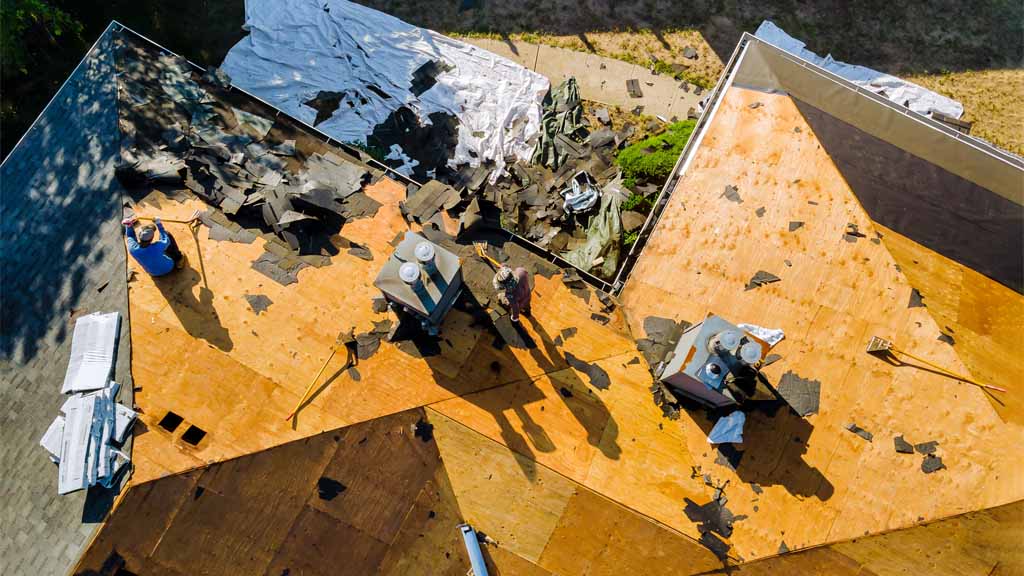
What Is Hail Damage?
Hail damage is one of the most common types of roof damage. If you live in an area where hail is common, it’s essential to know how to identify and fix hail damage on your roof.
Hail damage can range from minor dings and dents to large, gaping holes. The size of the hailstone will determine the extent of the damage. Smaller hailstones may only cause cosmetic damage, while more giant hailstones can penetrate the roofing material and cause significant structural damage.
If you suspect that your roof has been damaged by hail, it’s essential to have it inspected by a professional as soon as possible. As a homeowner, it’s necessary to be aware of the condition of your roof. After a severe storm, take the time to inspect your roof for any damage. Contact a professional roofer if you see any missing shingles or damaged areas.
Is Your Roof Leaking?
A professional roofer can identify the damage type and extent and recommend the best course of action for repair or replacement. By taking care of hail damage promptly, you can prevent further damage to your home and avoid costly repairs down the road.
Roof Repair Following Hail Damage
Did you know the higher an object starts to fall, the weight of the thing accelerates and creates more significant damage? You might think hail is too tiny to damage your roof and your car, but it does. Depending on the hail size, it could damage your shingles or even make holes in your house and car.
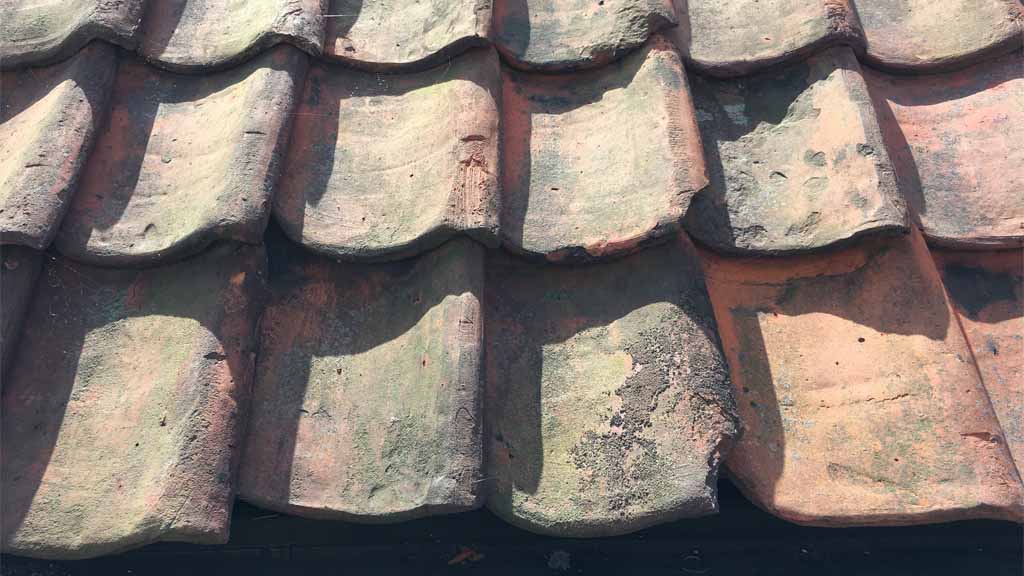
If you’ve recently experienced a hailstorm, it’s essential to check your roof for damage. Even small hail can cause severe damage to your roof. Here’s how to identify and fix hail damage on your roof.
- Look for any missing or damaged shingles.
- If you see any bald spots on your shingles, that’s a sure sign of hail damage.
- It would be best to look for cracks or chips in the shingles.
- If the hail was large enough, it could have cracked or chipped your shingles.
- Once you’ve identified the damaged areas, it’s time to make the repairs.
- If you have any missing shingles, replace them with new ones.
- If the hail has caused cracks or chips in your shingles, you’ll need to patch these areas with roofing cement.
Hailstones can cause severe damage to your roof. If you live in an area where hail is common, it’s essential to know how to identify and fix hail damage on your roof.
Hailstones can cause indentations and bruises in asphalt shingles. They can also break or crack slate, clay, and metal roofs. If you have a damaged roof, it must be repaired as soon as possible to prevent further damage.
There are several ways to tell if your roof has been damaged by hail.
- Look for any missing or broken shingles.
- Look for any dents or bruising in the shingles.
- Check for any cracks or holes in the roof itself.
Is Your Roof Leaking?
Identify Hail Damage
Keep in mind; hail damage is unseeable from the ground. You may see a few injuries on the home sidings, but you need to get on the roof to better notice the damages. Grab a flashlight and look for cracks. Hailstones could damage your asphalt shingles in many different ways.
One of the noticeable damages is damaged shingles. Fast, large, or dense hailstones can completely break the shingles that cannot be fixed. This leads to water leakage, without a doubt.
Hail damage is one of the most common types of roof damage.
Although hailstones can vary in size, the average hailstone is about the size of a pea. That might not sound like much, but when hailstones fall from the sky at high speeds, they can cause severe damage to your roof.
If you live in an area prone to severe weather, it’s essential to know how to identify hail damage on your roof. Here are some things to look for:
- Dents or divots in shingles
- Bruising on asphalt shingles
- Cracks in clay tiles
- Missing granules on shingles
If you notice any of these signs, it’s essential to contact a professional roofer as soon as possible.
A large, sharp, heavy hailstone can crack the shingles and even damage the underneath layer. It could break through all the protection and reach the roof deck if the hail continues.
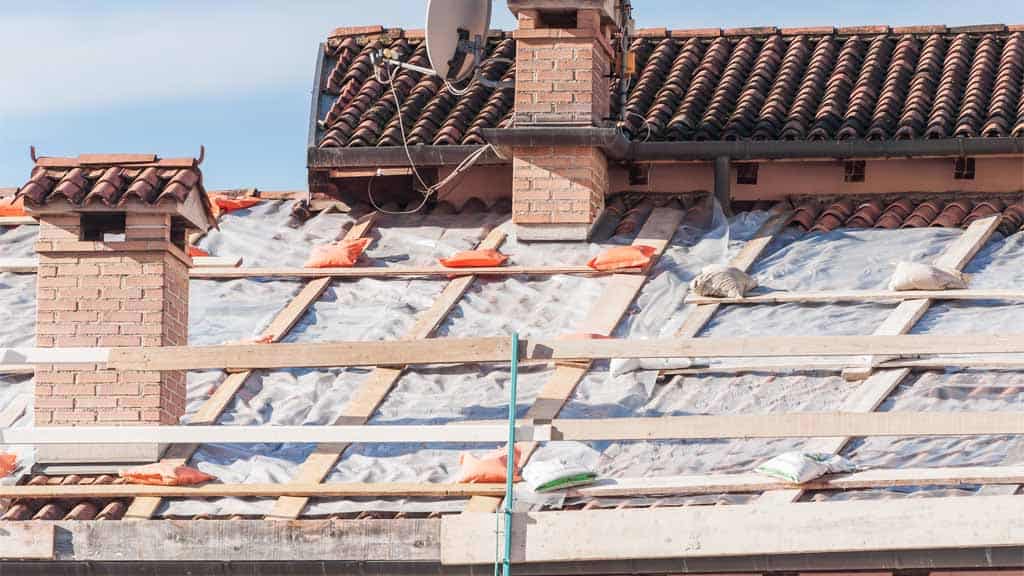
If you see any damage or missing pieces on your roof, it is most likely due to the hail and needs to be taken care of. After soft rain, sometimes injuries aren’t apparent by looking, so use your hands to feel any dimples or cracks.
You can find oxidation marks on the home siding after the hail. Carefully run your hand over the sidings and roofs to look for chalky residue on your hand. This is also one of the damages you could find.
Some people decide to wash it off or paint it over. However, oxidation marks mean the sidings have done their job, and it is time for a replacement. The older the sidings are, the more oxidation marks will appear.
Use a high-powered spotlight to carefully look for any denting that might be minor cracks and dimples. Look for any uneven gaps or layers of sidings and roofs to identify damages. Moreover, you can try to press the shingles and sidings to find any damages.
Is Your Roof Leaking?
Ignore The Hail Damage
Damaged roofs and sidings could make your house hotter and colder in the winter by letting the inside air go out in the summer and outside air come inside in the winter. This causes high electricity bills, which nobody wants.
The worst case is moist access in between the layers of the house. Moist will slowly and continuously get inside your home and cause mold, rot, and destruction. Further on, pests will start living in between and inside your house.
A granule is a thin layer created on the shingles and designed for better protection. It is designed to block UV rays and protect the underlying asphalt layer.
Hail could knock off the granules and expose shingles to get damaged easily. If granules are damaged, the protection is gone and will soon create problems like a roof leak.
Ignoring the damage will cause more problems and make things worse. There is a high chance that you will have a lot of money for repairing and replacing. Ignoring it for too long makes it more dangerous. Roofing granules that have been knocked off need to be replaced.
The most common type of roof damage is hail damage. It’s essential to keep an eye out for hail damage if you live in an area that experiences severe weather. The consequences of ignoring hail damage can be painful, including leaks and structural damage.
If you think your roof may have been damaged by hail, it’s essential to have it inspected by a professional as soon as possible. They can identify any damage and recommend the best course of action. Ignoring hail damage will only worsen the problem, so don’t delay getting it fixed.
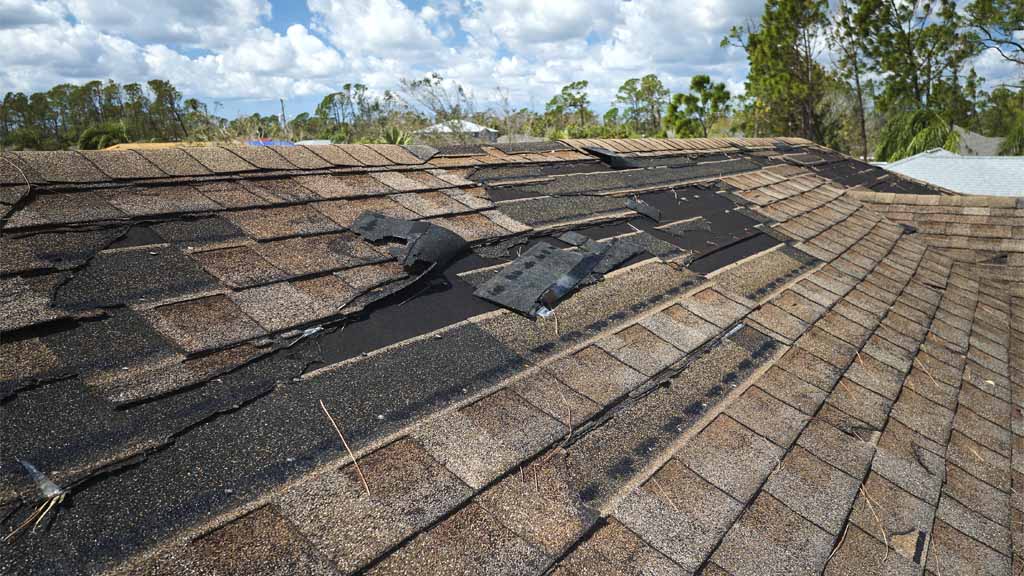
Cost For Hail Damage Roof Repair?
The money you would need to repair hail damage to your house will depend on how bad the situation is. There are many things to consider, like roof size, types of applications, used materials, the number of layers, code requirement, pitch, obstacles around the house, and where you live. After all, those are considered. The average repair cost includes the damages on the sidings.
Don’t forget. The price includes the labor cost, which is the most expensive aspect of repair. The cost could vary by the style of the houses, whether it is ranch-style, colonials, or Tudor-style.
Many obstacles around your house, like skylights, plumbing pipes, chimneys, and trees, make it take roofers harder and longer to repair the damages. The price will vary by what kind of roofs are being removed and what is being replaced.
Will it be asphalt shingles, wood shakes, slate roofs, or metal shingles? Material is something you could consider to lower the price and understand that every material has a different lifespan.
Does Insurance Cover Hail Damage?
The best way to know if the damage is covered by insurance is to call a roofer for a consultation. Get help from an expert to decide whether it is better to report to the insurance company.
Depending on the company, damage may be covered in part or whole. You don’t want to report damage that is not covered because your insurance rate will increase without getting any help.
An inspector can take a careful look to identify minor to significant damages and will suggest the best solution possible. It might be better to replace the whole roof rather than fix it, or you might find a more significant problem that has been there before the hailstorm.
Quick tip, the roof warranty does not cover hail damage.
- If you replace a new roof, thoroughly read the warranty before signing it. Understand what kind of damages are covered and what are not.
- If your house is damaged due to hail, get help from the expert, and don’t neglect the problem.
- If you have to replace the roof and siding, consider choosing a strong and durable material under harsh weather.
- Hail damage is one of the most common types of weather damage homeowners experience.
- Most insurance policies cover hail damage. However, it is essential to understand what your policy covers and the process for filing a claim.
It is to identify hail damage on your roof. Look for signs of impact, such as dents or bruising on shingles or metal panels. If you see any damage, take photos and contact your insurance company.
Your insurance company will likely send an adjuster to inspect the damage and determine if your policy covers it. If so, they will work with you to get the repairs made. It is important to note that insurance typically only covers structural damage, not cosmetic damage.
Conclusion
If your home has been subjected to a hailstorm, it is important to check your roof for damage and call a professional to fix any problems as soon as possible. Hail damage can lead to serious water damage and even collapse if not repaired properly.

